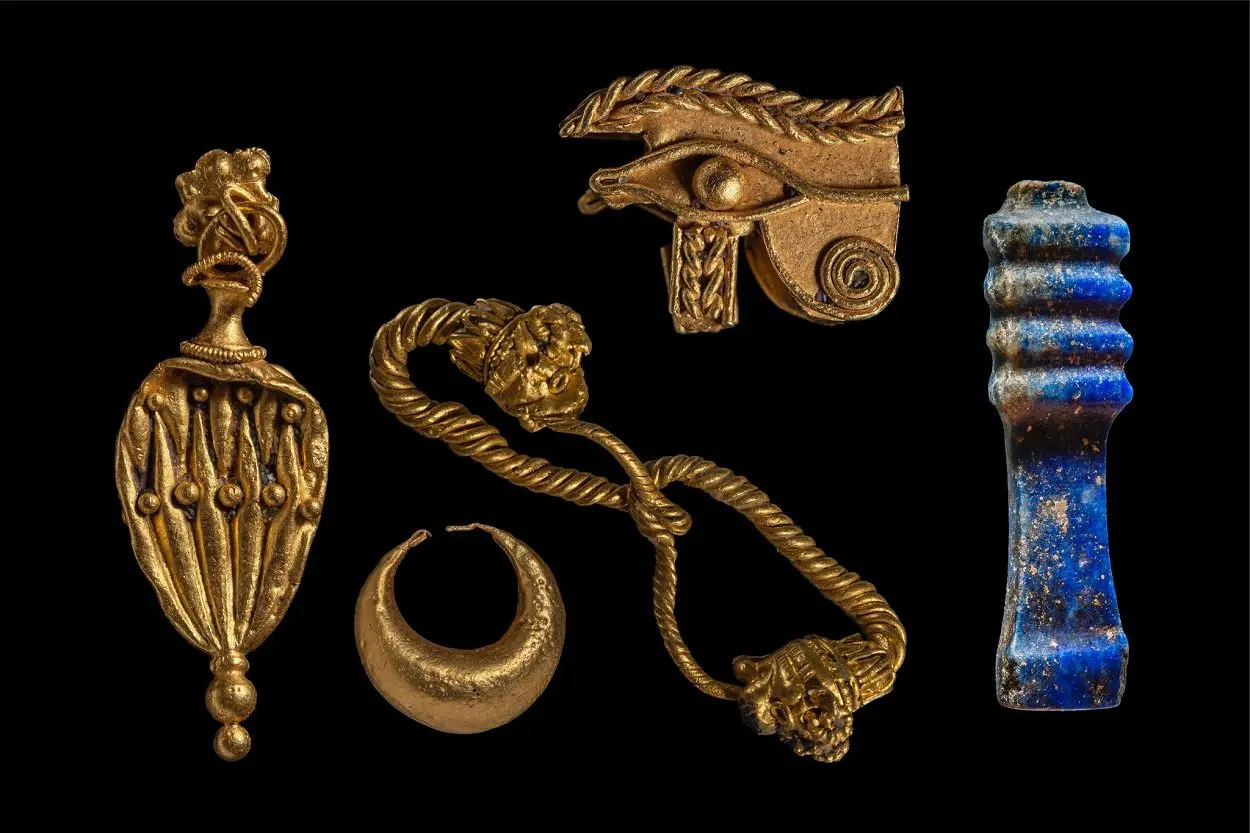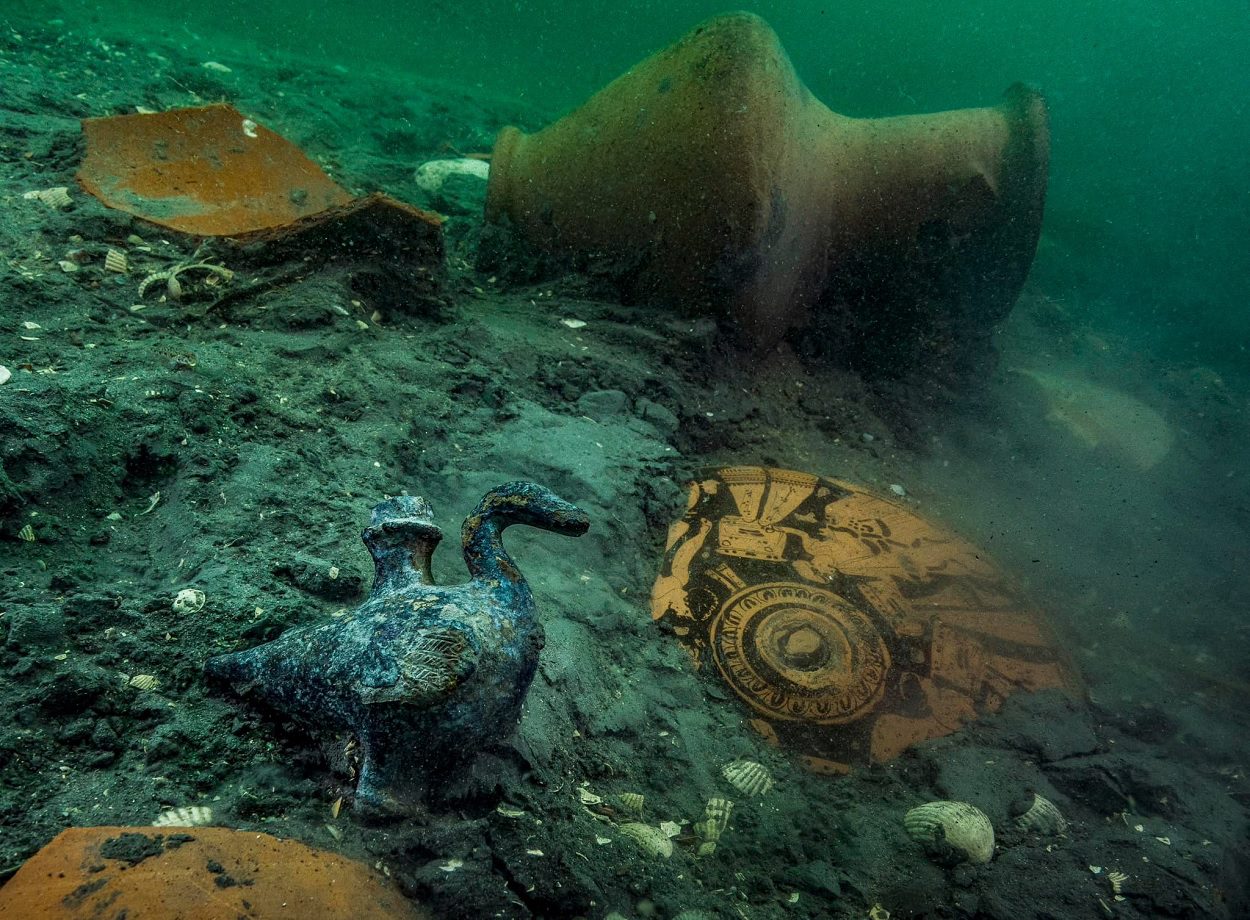In a press statement by Egypt’s Ministry of Tourism and Antiquities, an archaeological mission has discovered a temple dedicated to Aphrodite in the submerged city of Thonis-Heracleion.
Thonis-Heracleion, was an ancient Egyptian port city located near the Canopic Mouth of the Nile northeast of Alexandria, Egypt. The city was originally built on adjoining islands in the Nile Delta, serving as a major centre for international trade.
Thonis-Heracleion is referenced in the writings of several ancient Greek historians, including Strabo, Diodorus, and Herodotus, as well as the twin steles of the Decree of Nectanebo I and in the Decree of Canopus honouring Pharaoh Ptolemy III.
The city became submerged near the end of the 2nd century BC due to a combination of earthquakes, soil liquefaction, tsunamis, and rising sea levels. Underwater archaeologists rediscovered the city in 2000, with ongoing excavations uncovering numerous monuments, statues, temples, and the largest deposit of ships ever discovered in the ancient world.

In a recent archaeological mission by the European Institute of Underwater Archaeology (IEASM), working in collaboration with the Hilti Foundation, the Department of Underwater Archaeology in Alexandria, and the Ministry of Tourism and Egyptian Antiquities, underwater archaeologists led by Franck Goddio have uncovered a temple dedicated to Aphrodite from the 5th century BC.
Aphrodite was an Ancient Greek goddess associated with love, lust, beauty, pleasure, passion, and procreation. Along with Athena and Hera, she was one of the three goddesses whose feud resulted in the Trojan War, and she plays a major role throughout the story of Homer’s Iliad.
In addition to the temple discovery, Mostafa Waziri, secretary-general of the Supreme Council of Antiquities of Egypt, said: “bronze and ceramic objects imported from Greece, as well as remains of buildings supported with wooden beams have also been documented from the 5th century BC.”
A recent study of the submerged Temple of Amun has also led to the discovery of various artefacts, including earrings shaped like a lion’s head, a Wadjet made from gold, silver plates, and alabaster vessels.
Ministry of Tourism and Antiquities
Header Image Credit : Ministry of Tourism and Antiquities





